Cooling Clothing with Phase Change Material (PCM) Numerical Simulation
$80.00 $40.00 Student Discount
- numerical simulation study of cooling clothing designed to regulate body temperature using ANSYS Fluent
- The geometry is designed in SpaceClaim, and the meshing is performed using Ansys Meshing.
- The mesh type is triangular, resulting in a mesh with approximately 5 million elements.
- We aim to investigates the effectiveness of incorporating Phase Change Material (PCM) into the clothing..
- Two simulations were conducted: one without PCM and another with PCM incorporated into the clothing
To Order Your Project or benefit from a CFD consultation, contact our experts via email (info@mr-cfd.com), online support tab, or WhatsApp at +44 7443 197273.
There are some Free Products to check our service quality.
If you want the training video in another language instead of English, ask it via info@mr-cfd.com after you buy the product.
Description
Introduction
This report presents a numerical simulation study of cooling clothing designed to regulate body temperature. The study investigates the effectiveness of incorporating Phase Change Material (PCM) into the clothing for enhanced thermal management. The simulations were conducted using ANSYS Fluent
The geometry was created in SpaceClaim, as shown in Fig. 1. The clothing is designed to cover the human body and provide cooling effects. The meshing was performed in ANSYS Meshing using triangular elements, resulting in a mesh with approximately 5 million elements, as depicted in Fig. 2.
Simulation Setup
Two simulations were conducted: one without PCM and another with PCM incorporated into the clothing. The first simulation was performed as a steady-state analysis, while the second one was transient. The laminar flow model was employed. In the second simulation with PCM, the Solidification and Melting model was activated. The SIMPLE algorithm was used for pressure-velocity coupling. The clothing material used in the first simulation was cotton, with the following properties:
– Density: 150 kg/m³
– Specific Heat Capacity (Cp): 1.3 J/(g·K)
– Thermal Conductivity: 0.04 W/(m·K)
Results:
The initial steady-state simulation without PCM, as depicted in Fig. 3, indicates that the clothing and, consequently, the human body experience warming. The temperature distribution shows that both the clothing and the body reach elevated temperatures, which could lead to discomfort and reduced cooling efficiency. In Fig. 3, the temperature range for both simulations (with and without PCM) is the same, allowing for a direct comparison of the temperature distributions. The results indicate the beneficial impact of PCM in reducing the overall temperature of the clothing and the human body.
A second simulation was performed to address this issue, incorporating PCM. As shown in Fig. 4, the transient analysis demonstrates the improved cooling performance achieved by utilizing PCM. The PCM absorbs excess heat, undergoes a phase change, and helps to maintain a more comfortable temperature range for the human body.
Fig. 4 focuses specifically on the human body temperature range, which spans from 301 to 302 K. This narrow temperature range highlights the effectiveness of the PCM in regulating body temperature and maintaining thermal comfort.
The transient simulation with PCM captures the dynamic behaviour of the cooling clothing over time. As the PCM absorbs heat and undergoes phase change, it helps to stabilize the body temperature within the desired range. This demonstrates the potential of PCM-integrated cooling clothing in managing heat and providing sustained cooling effects.
Conclusion:
The numerical simulation study of the cooling clothing with PCM demonstrates the significant potential of incorporating phase change materials for enhanced thermal management. The results show that PCM can effectively reduce clothing and body temperatures, improving comfort and thermal regulation.
The steady-state simulation without PCM serves as a baseline, highlighting the limitations of traditional cooling clothing. In contrast, the transient simulation with PCM showcases the dynamic cooling behaviour and the ability to maintain a stable body temperature range.
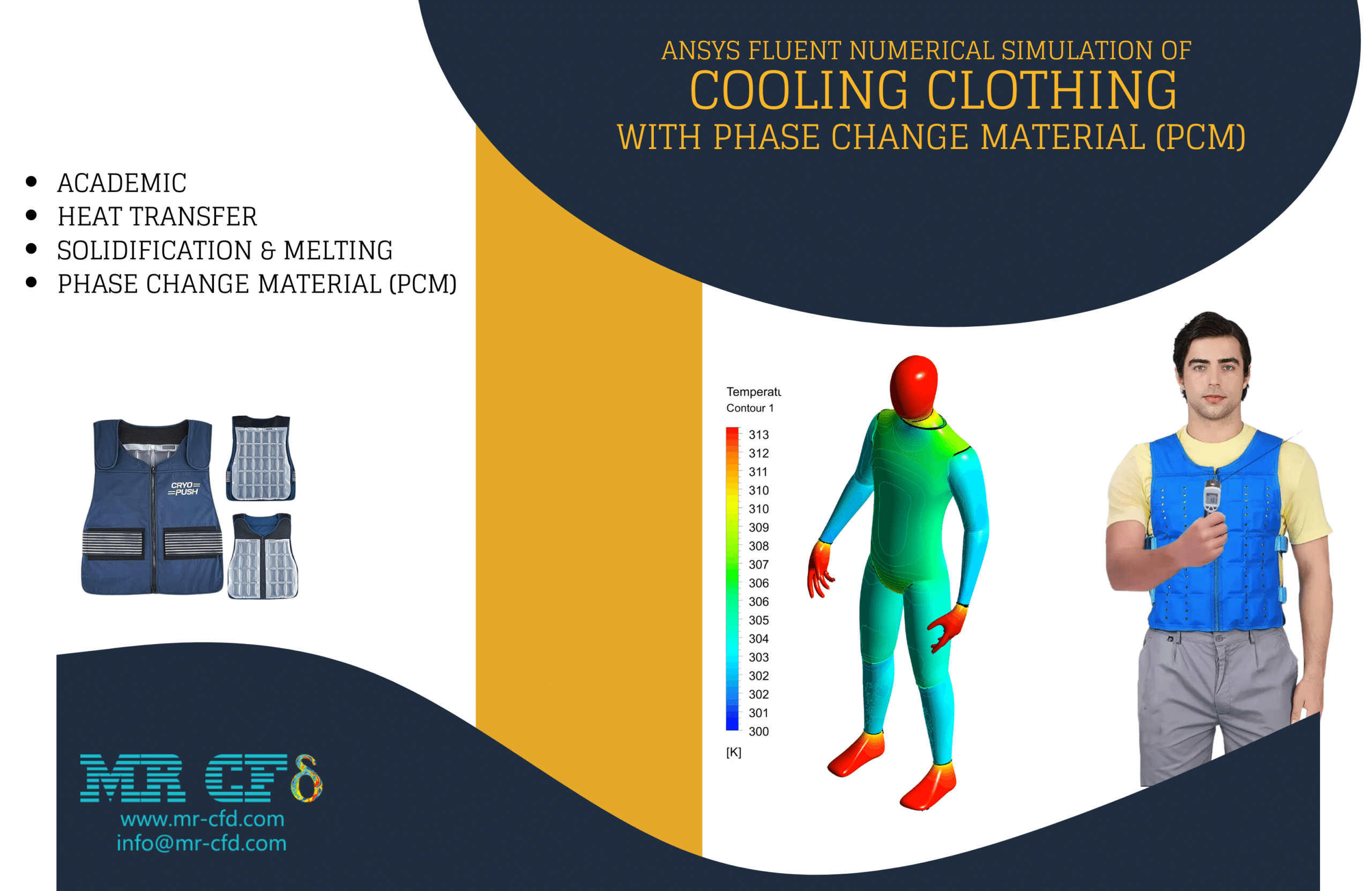
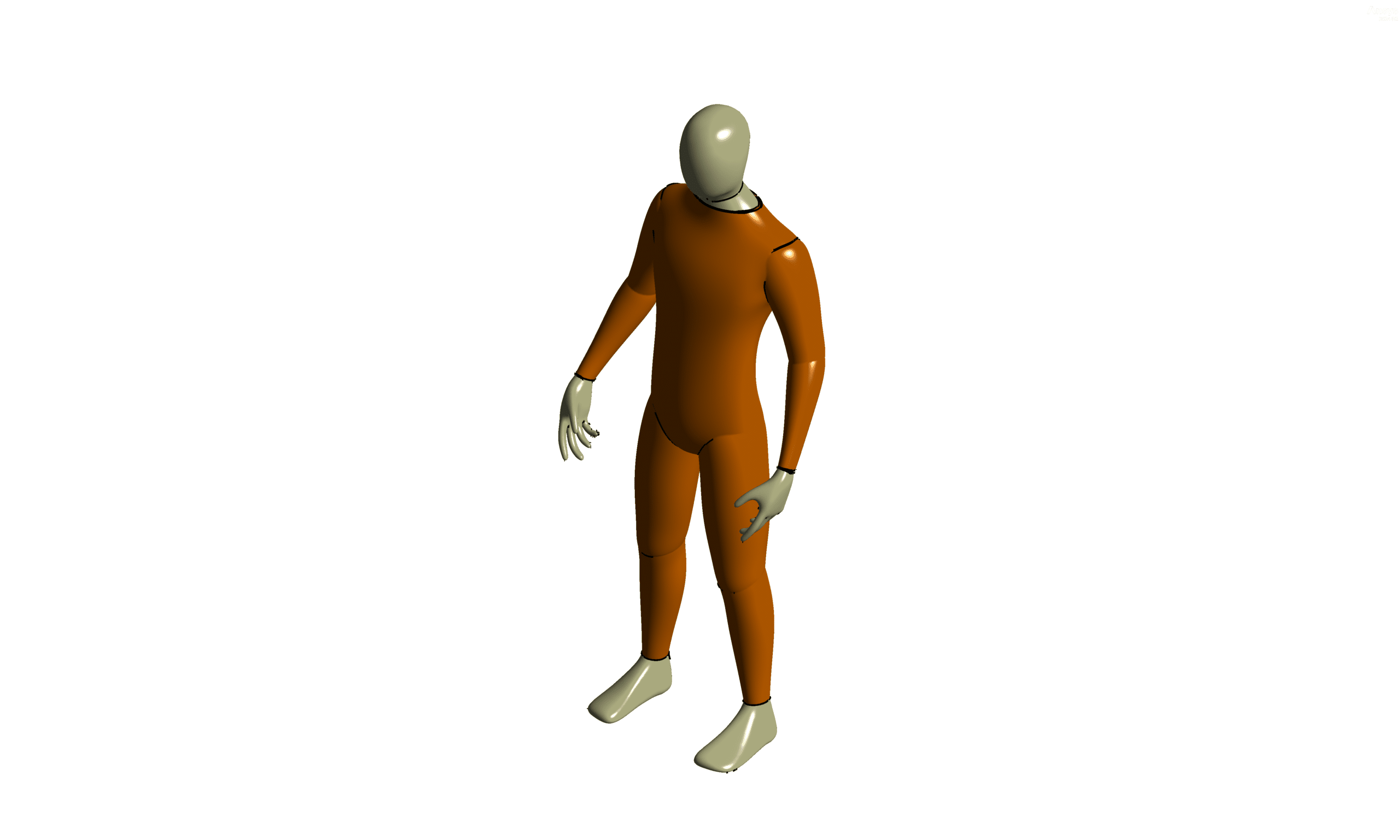
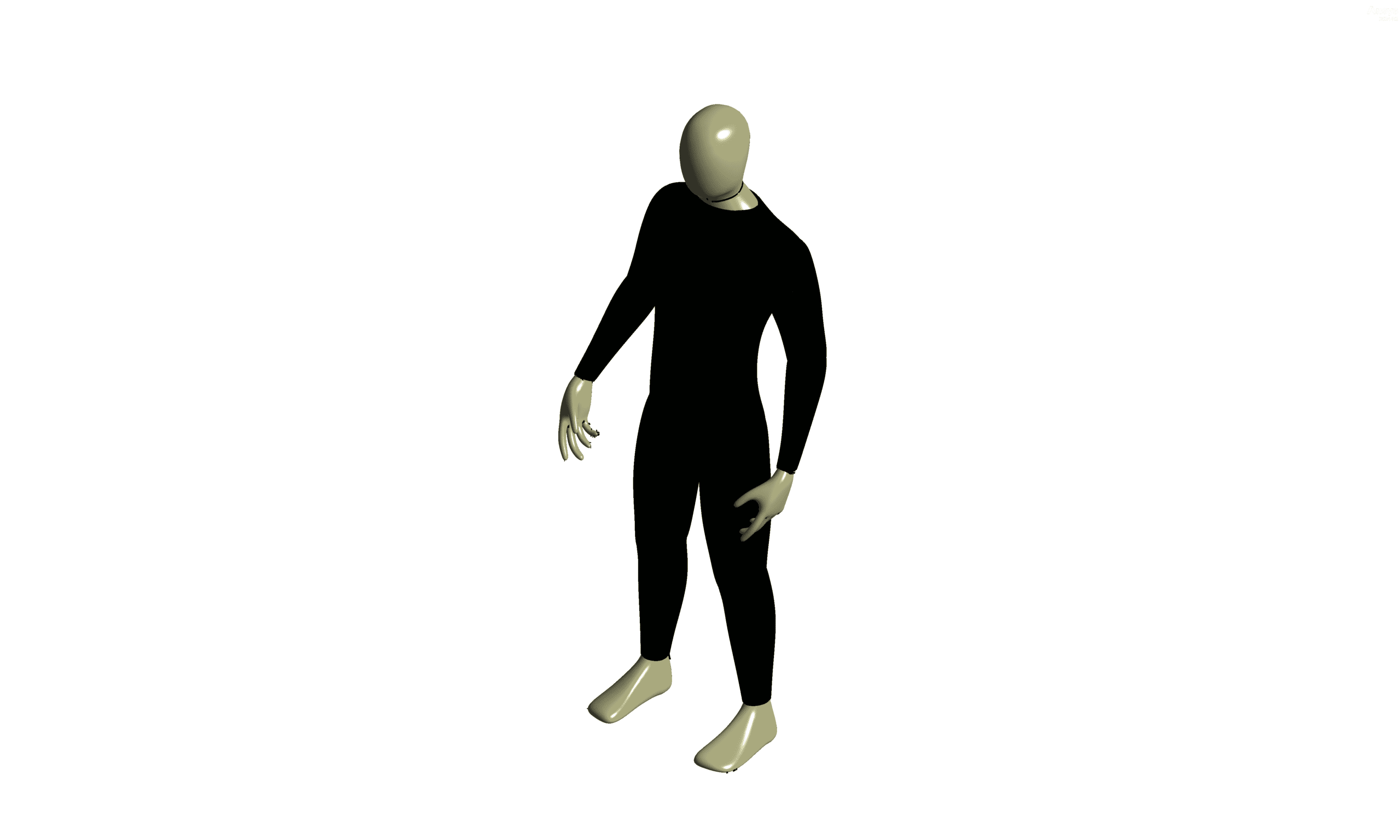
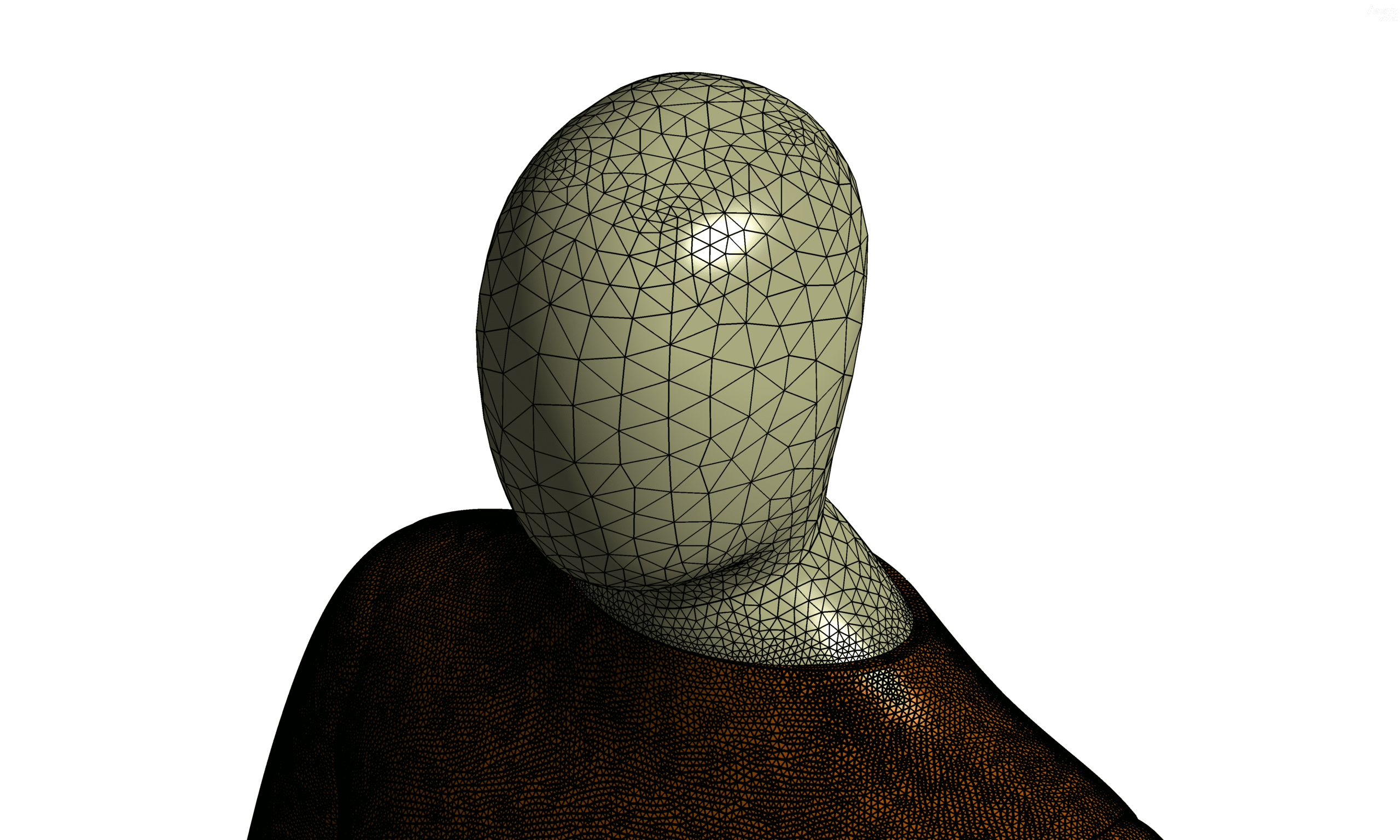

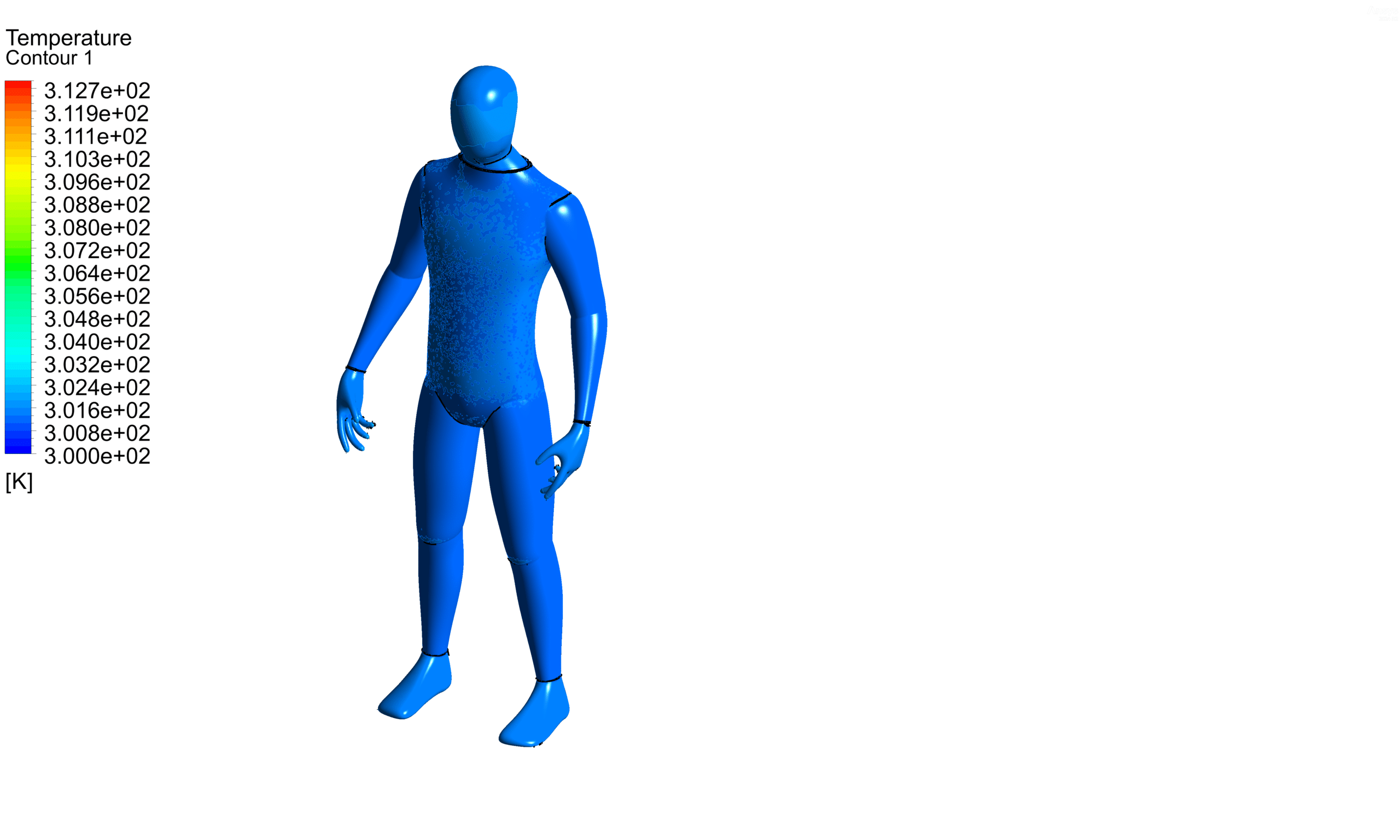
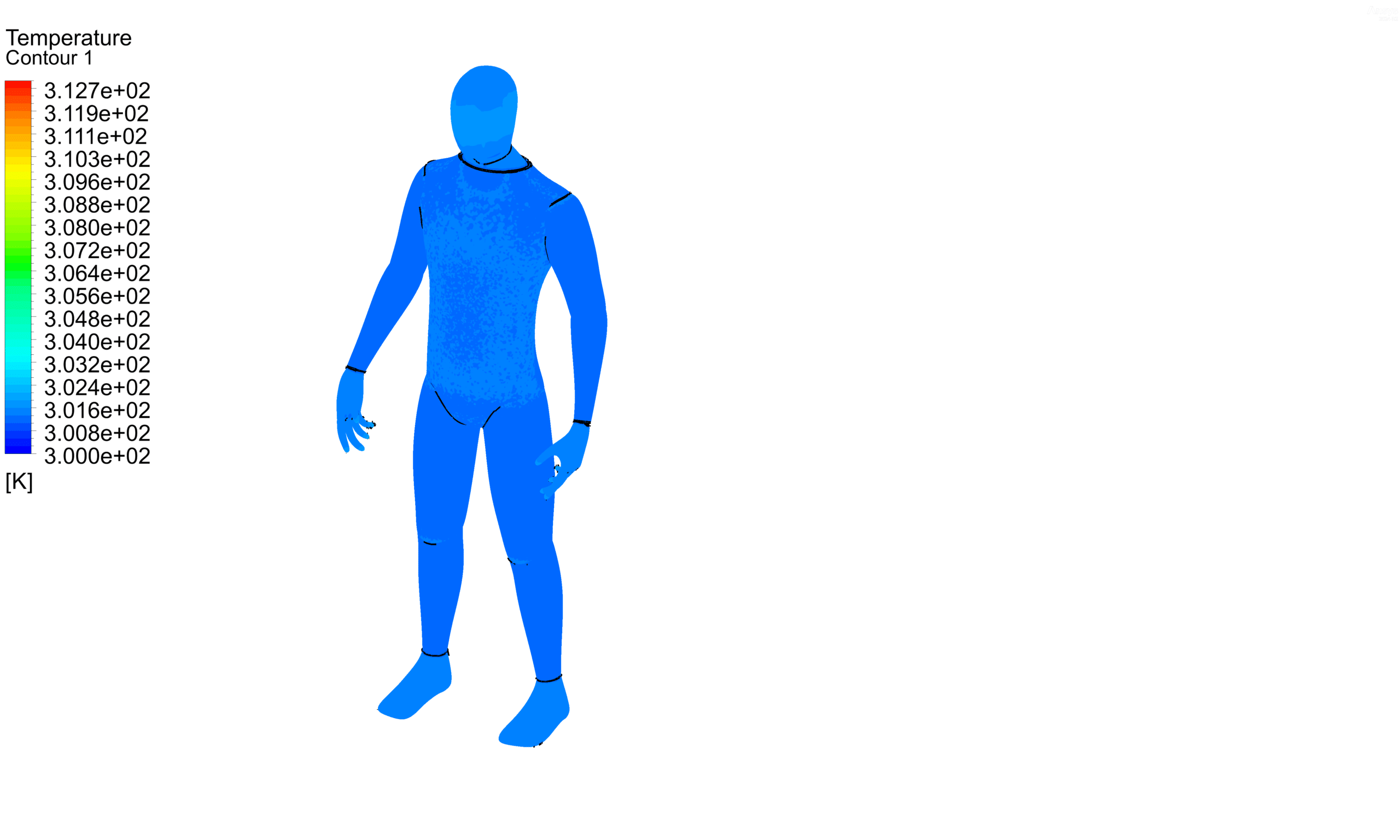
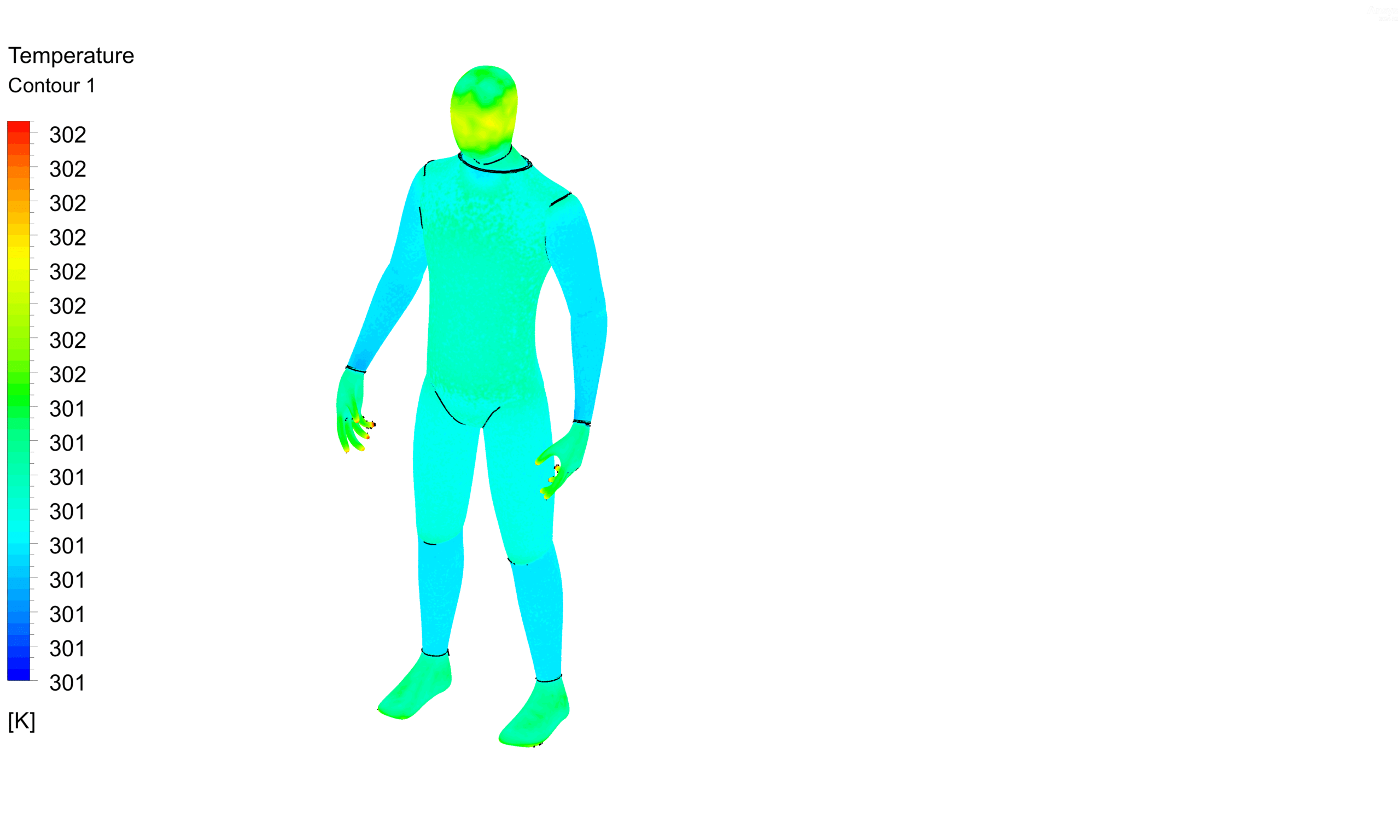
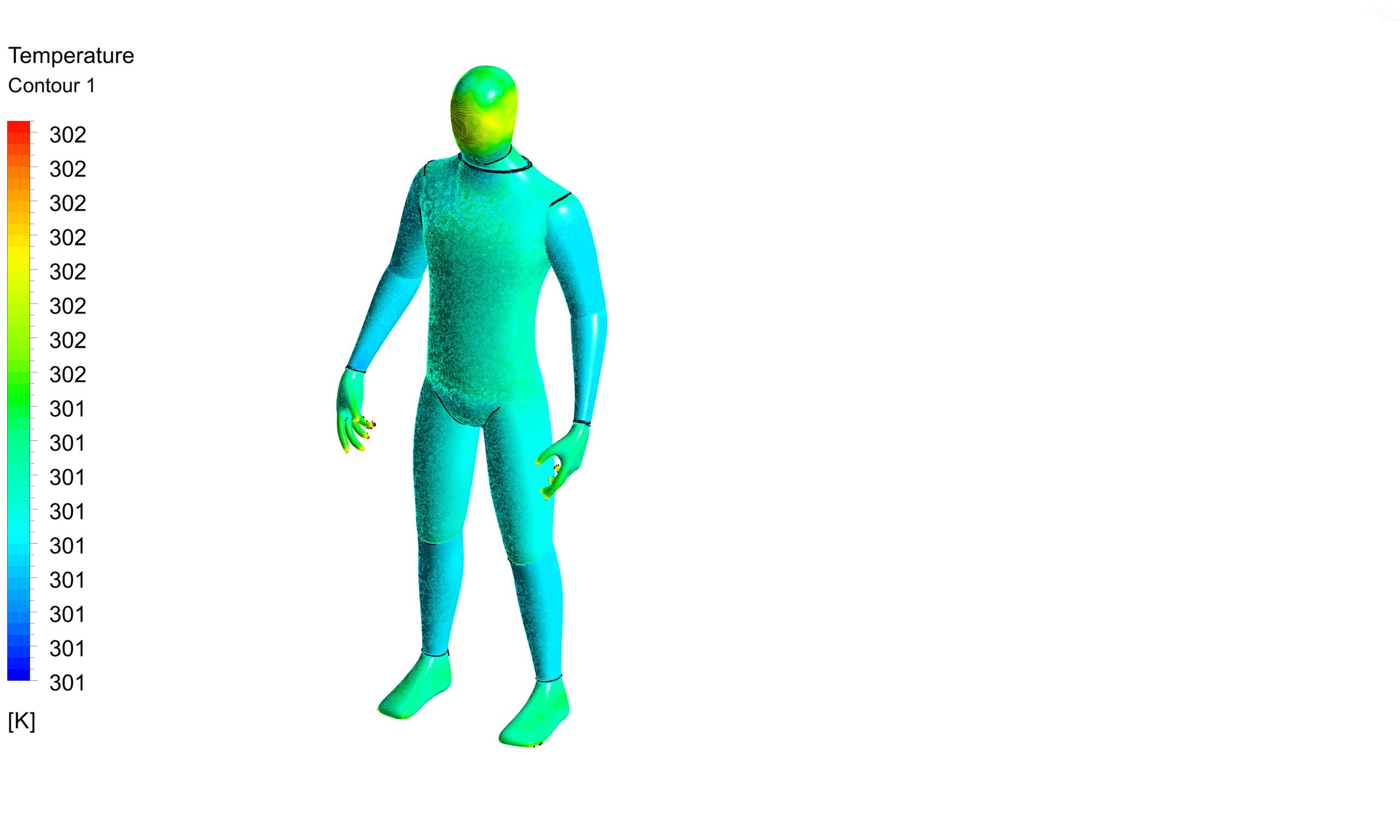


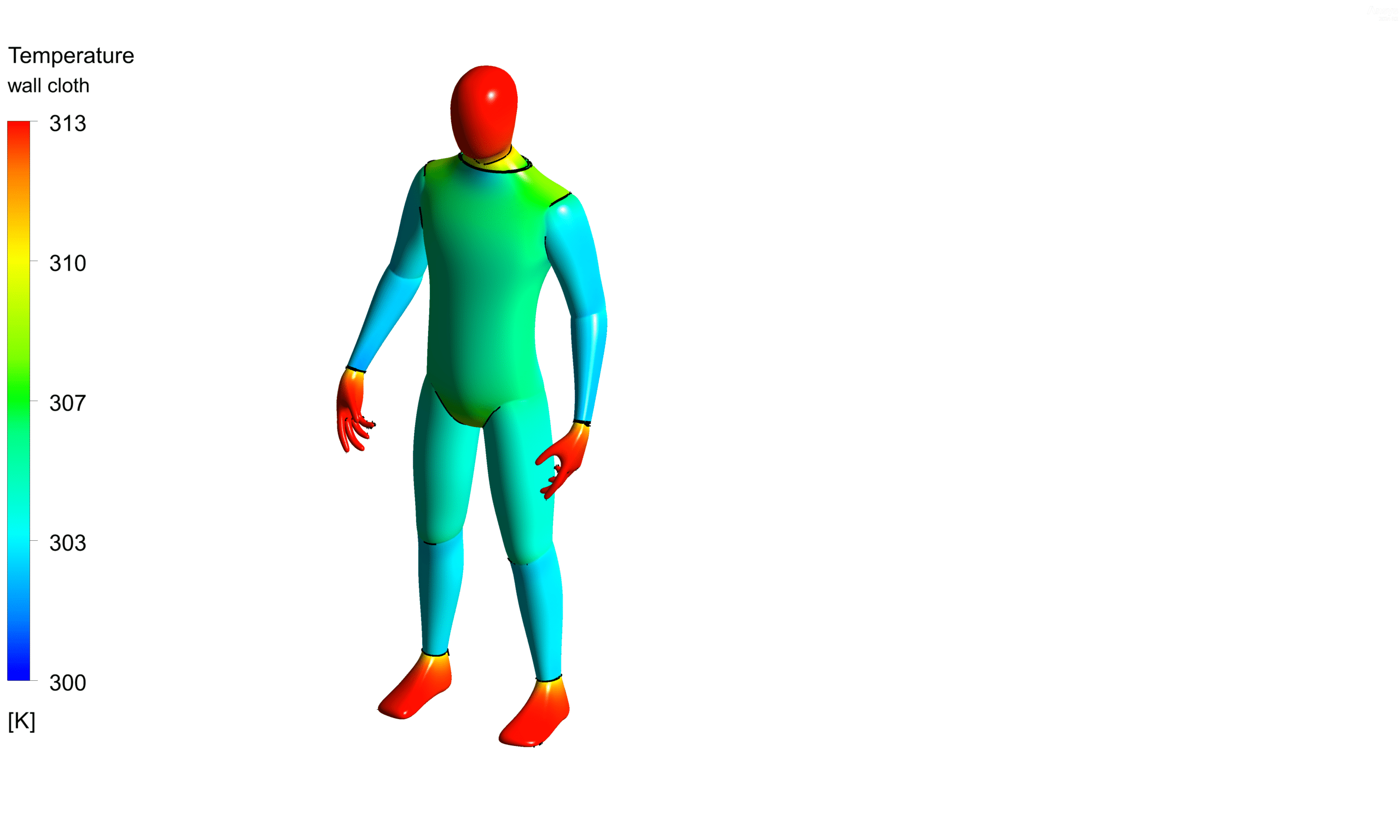
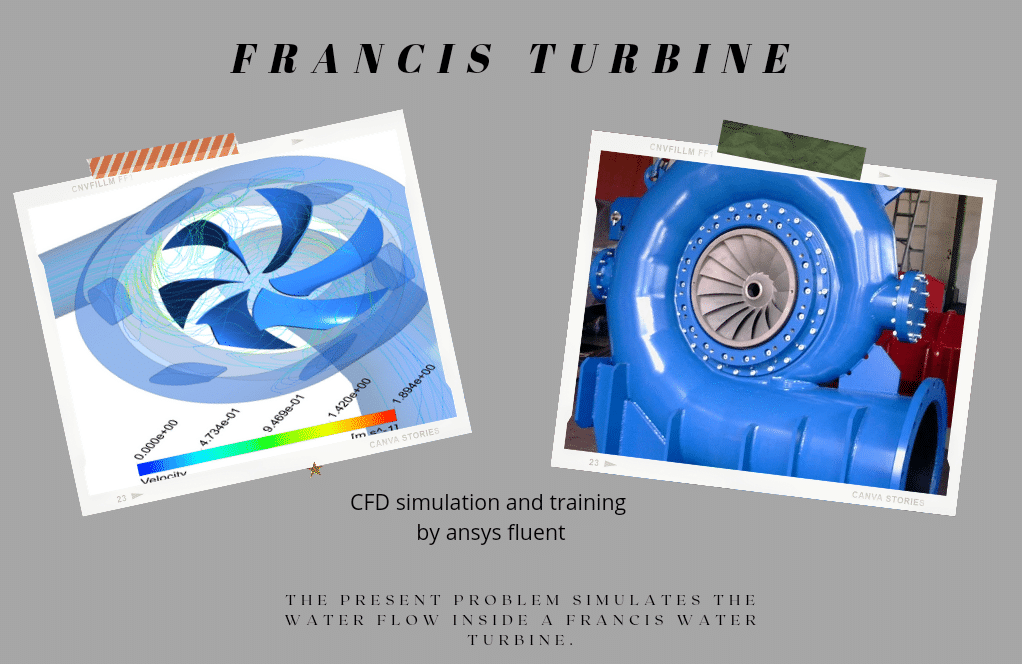


Reviews
There are no reviews yet.